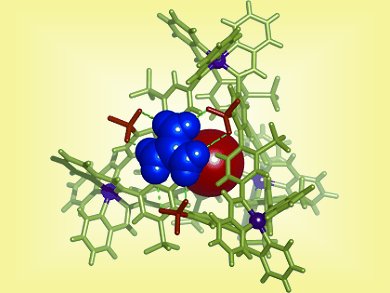In this week’s Review, L. Spasser and A. Brik discuss the chemistry and biology of the ubiquitin signal. How can ubiquitin bioconjugates be produced in large amounts? J. Xuan and W.-J. Xiao show in a Minireview how photoredox catalysis with visible light was developed into a powerful and efficient method in synthetic organic chemistry. The Highlights deal with the unpredictability of electrostatic charging of materials (D. J. Lacks) and the antiaging metabolic processes exerted by resveratrol (S. Quideau et al.).
In the Communications section, J. C. P. Reyes and D. Romo present a bioinspired total synthesis of Agelastin A; I. R. Epstein et al. describe a system of two pulse-coupled Belousov–Zhabotinsky oscillators in which a time delay or increasing the coupling strength brings about novel dynamic features, which shed light on how such pulse coupling occurs at synapses. An efficient approach to determine the structures of symmetric protein aggregates from liquid and solid-state NMR data is introduced by H. Oschkinat et al., and J. R. Nitschke et al. succeeded in the production of a metal–organic container molecule (see picture) that binds guanidinium cations (blue) between the sulfonate groups on its periphery and accommodates guests, such as cyclopentane and cyclohexane, in its internal cavity (red).




